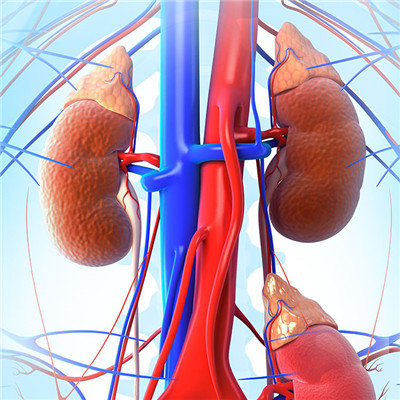Symptoms of acute and chronic enteritis in children
summary
Baby's resistance is relatively weak, so it is easy to be attacked by the virus. Infantile enteritis is a common infectious diarrhea in children. Infantile enteritis is generally caused by virus or bacterial infection, because the initial symptoms are similar to some other gastrointestinal diseases, so many parents will mistakenly think that the baby is just diarrhea, Next, we will share with you the symptoms of acute and chronic enteritis in children, so that you can better distinguish.
Symptoms of acute and chronic enteritis in children
Infantile enteritis can be divided into acute and chronic according to the course of disease. Mild enteritis: stool frequency increases, 5-8 times a day, accompanied by mild fever, no dehydration phenomenon.

Moderate enteritis: the number of stools a day may be more than 10 times, stool like water or mud, bacterial with mucus or blood, also known as "dysentery". It can be accompanied by high fever and dehydration. Because bacteria have toxins, it may cause drowsiness, convulsions, shock and other phenomena, and even life-threatening in serious cases.

Severe enteritis: the number of defecation in a day can reach more than 15 times, and the stool spouts out like water. At the same time, it is accompanied by the phenomenon of severe dehydration, such as dry skin, dark eye circles, sunken eyeballs, thirst, reduced urination, etc. in addition, it has the status of poor breathing, blood acidosis, semi coma, etc. Because of the lack of potassium and edema, the waist will appear swelling, appear the phenomenon of intestinal paralysis. If there is no timely treatment, it may cause serious consequences.

matters needing attention
Children's resistance is not as strong as adults, so they are vulnerable to the threat of viruses and bacteria. Therefore, infantile enteritis is also a common high-risk disease. I believe parents and friends have understood the symptoms of this disease through our introduction. When they encounter this problem, they should be able to distinguish the disease.













